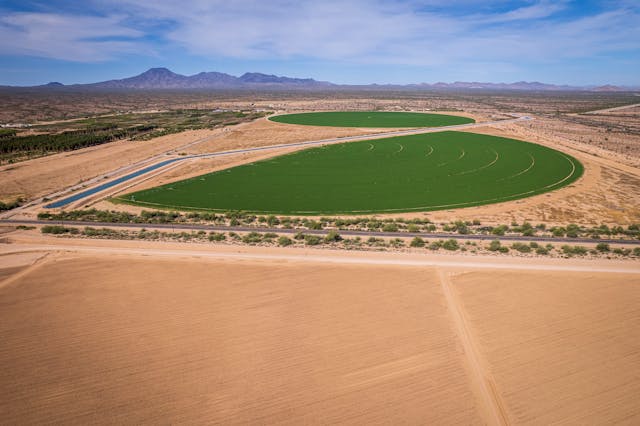People tend to assume innovation is born in labs with endless resources and executives throwing money at problems. I've never seen it work that way. Real innovation, the kind that leaves a mark, almost always comes out of scarcity. It comes from people who have more questions than time, more problems than budget, and no option to sit back and wait for permission. Scarcity has a way of stripping away the noise. It leaves you with what actually matters, and it forces you to make choices with a kind of honesty that abundance never requires. You cannot afford to hide in theory, or to lose yourself in the comfort of ten different directions. Scarcity is clarity, and clarity is where useful ideas come from.
Constraints create an environment where you cannot fall in love with complexity. When resources are limited, complexity is a luxury you cannot afford. Every extra layer slows you down, every unnecessary feature dilutes your effort, and every detour puts survival at risk. That's why teams that work under real constraint end up producing sharper, more elegant work. Not because they are inherently smarter, but because they are forced to cut away everything that doesn't belong. What remains is not always glamorous or perfect, but it is durable and true. Abundance breeds excess, but scarcity trims the fat until only the essential remains. That's the irony — what people admire as 'elegance' is often nothing more than necessity dressed up as design.

Scarcity also changes the way you think about ingenuity. When you can't buy your way out of a problem, you're forced to see angles that others miss. It's not about reinventing the wheel for the sake of it, it's about bending what you already have until it works in a new way. Ingenuity under constraint looks different than innovation under abundance. It is scrappier, less polished, more immediate. But that rawness often makes it more real. It is the difference between a polished concept note and a working fix that shows up in someone's hands. Scarcity insists that you stop talking and start solving, and that urgency builds solutions that actually stand up in the real world.
At Mergynce, this philosophy is not something theoretical. We come from different backgrounds, each of us carrying scars from systems and tools that wasted time, blocked progress, or pretended to solve problems while creating new ones. Scarcity was not just in budget, it was in patience — a scarcity of tolerance for inefficiency. That's what pushed us to take a different approach. We don't work in the comfort of abundance; we work with the grit of people who know the cost of broken systems. Innovation for us doesn't begin with a slide deck or a lab, it begins with frustration, with necessity, with the conviction that if the tools we needed didn't exist, someone had to start building them. Scarcity didn't hold us back; it gave us direction.

The most important lesson scarcity teaches is discipline. Not the kind of discipline you find in manuals or methodologies, but the discipline of restraint. To say no when every instinct wants to say yes. To stop polishing when something is already good enough to use. To cut scope when your pride wants to show more. Scarcity is a relentless teacher of trade-offs. And what comes out of those trade-offs is sharper thinking, faster delivery, and work that is less about performance and more about impact. Discipline, in this sense, is not about control for its own sake; it is about survival, and survival has a way of focusing the mind better than any process ever could.
Scarcity also builds a relationship with integrity. When you don't have the luxury of abundance, you can't afford to play games. You can't hide inefficiencies under piles of money, and you can't cover bad ideas with shiny packaging. You are forced to confront reality exactly as it is. That's where integrity comes in — not as a moral choice but as a practical necessity. Users can smell pretense, and under constraint, you don't have the margin to waste their trust. You keep it simple, you keep it transparent, and you keep it honest, because the alternative costs more than you can pay. Scarcity and integrity are linked in ways abundance never reveals.

And so, the paradox is this: what people call innovation is often just the visible output of constraint. The clean line of a design that feels 'obvious' after the fact is usually the product of a dozen painful trade-offs that constraint forced. The solutions that feel 'natural' once they exist were often only possible because someone didn't have the time, money, or permission to do it the easy way. Constraint is the invisible hand shaping all of it. Abundance lets you wander, but scarcity forces you forward. That forward motion is messy, uncomfortable, and at times unforgiving — but it is also where the most enduring solutions are born.
In the end, scarcity is not an enemy of innovation. It is its strongest ally. It sharpens, it disciplines, it provokes, it forces. At Mergynce, we don't treat constraint as a handicap, we treat it as the edge. It is the reason our work remains grounded instead of bloated, focused instead of scattered, honest instead of ornamental. Scarcity is the uncomfortable pressure that makes the work real. And if there is one truth I've learned, it is this: abundance dulls, but constraint sharpens. And sharpened work is the only kind that lasts.


